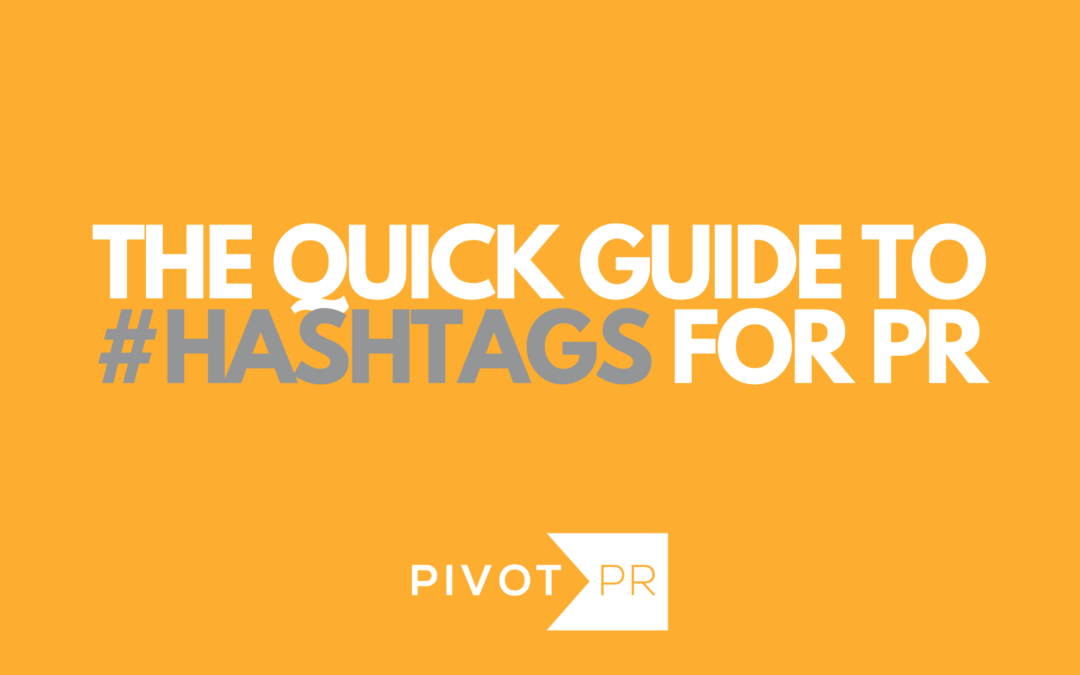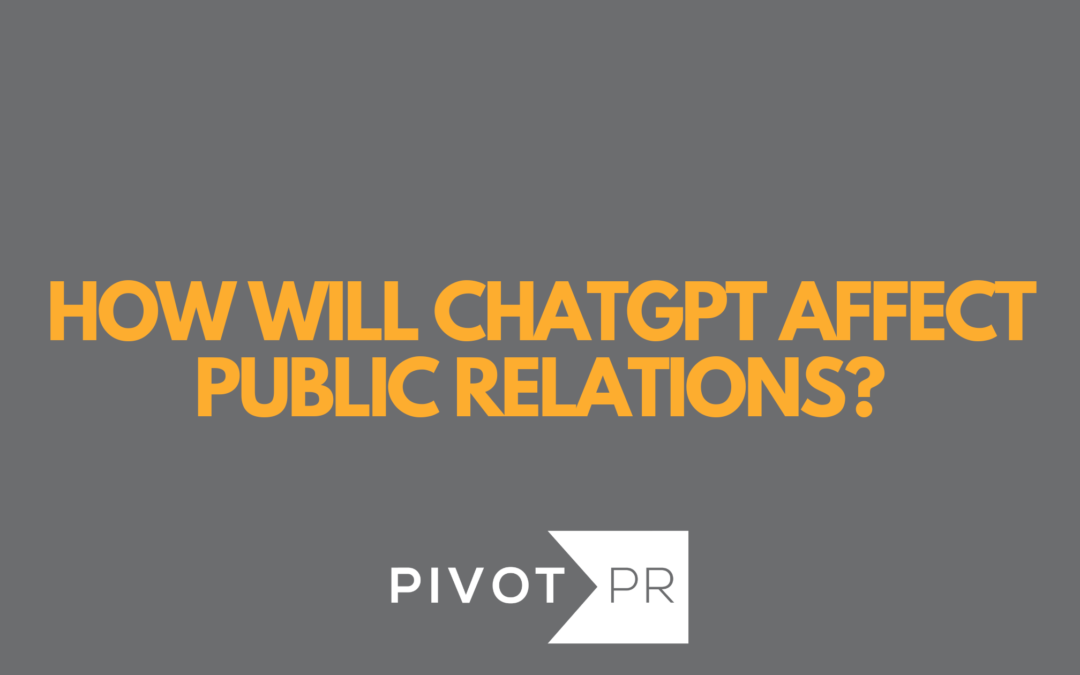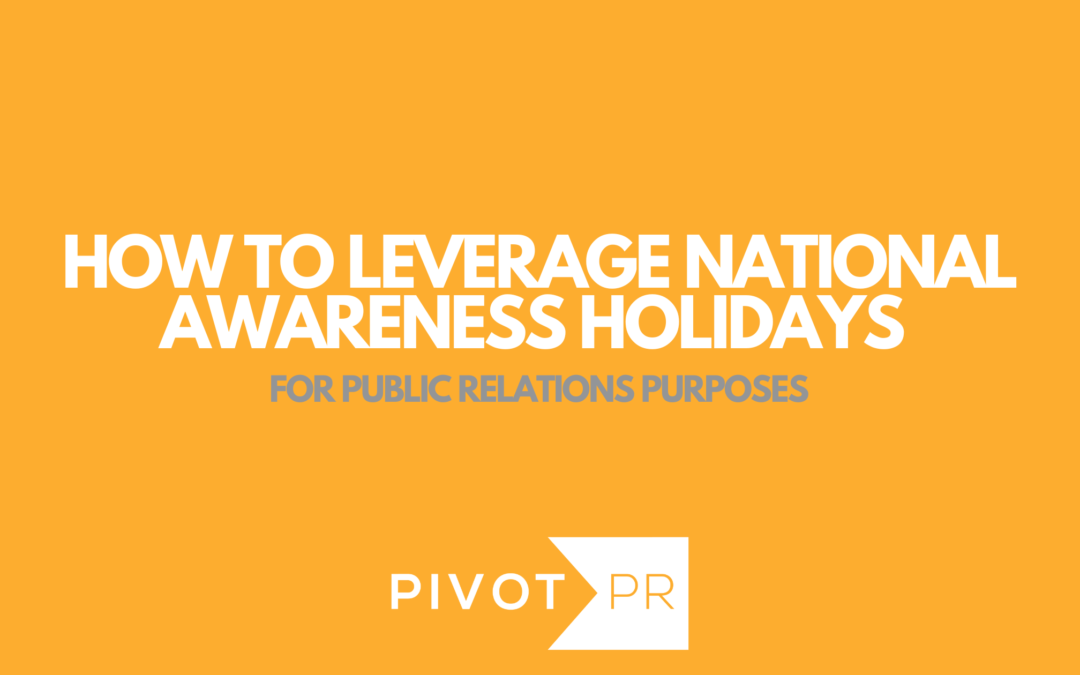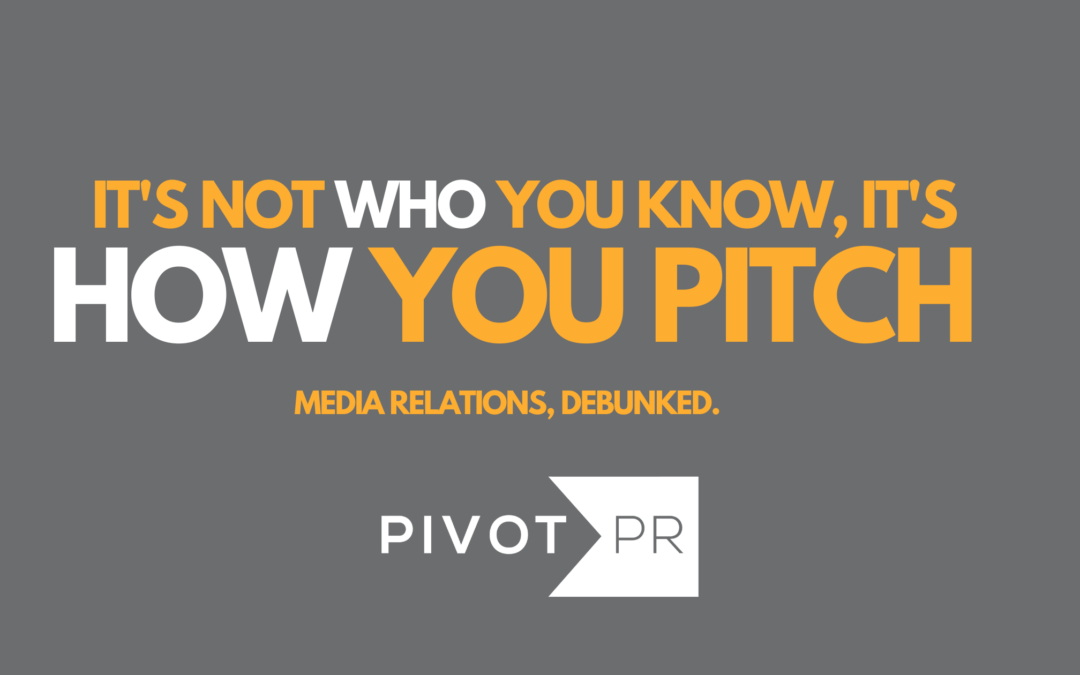
Blog
Similar to the city itself, the Charlotte influencer environment has grown tremendously over recent years. With an expanding portfolio of influencers to look to for a local, on the ground perspective to Charlotte’s bests, a household name is and will always be Where to Eat Charlotte. However, Miranda Mounts, the mastermind behind Where to Eat Charlotte, isn’t just looking to build another recommendations page. She is setting out to develop the Where to Eat Charlotte brand into a community that connects the eater to the owner, the eater to the eater, the owner to the owner, and more.
In the Charlotte area, Where to Eat Charlotte is synonymous with authenticity, connection, and intentionality. When considering who to partner with, the brand considers a handful of pillars that align with their core values – health, wellness, sustainability, and authenticity. In their own words, they don’t highlight brands they aren’t in love with. It’s paramount to them that the Where to Eat Charlotte community trusts their recommendations, and a recommendation is not just based on a bigger paycheck. Brands that they work with who encapsulate this include Organifi, Invigory, and LesserEvil – and their hopefully someday would be Siete!
Miranda recently brought on a partner to grow the Where to Eat Charlotte team, the Ying to her Yang, Bethany Monaghan. Bethany’s background is in food sourcing which made her a natural fit to help bring the Where to Eat brand to life. In Miranda’s own words, Bethany joined and has spearheaded increased community and relationship building for the brand. This addition has allowed Miranda and Bethany to reflect on Where to Eat Charlotte and develop on their longer-term goals and vision for the brand.
In recent months, Miranda and Bethany have used their untenable force to highlight different cuisines within Charlotte. They’ve found a renewed purpose in finding global cuisine opportunities within Charlotte itself, there is an abundance of diverse cuisines in our own city that people have brought to life! They want to highlight restaurants that are intentional and educate diners about another culture. An example of this Miranda spoke passionately about it Nile Grocery. Just recently, Miranda and Bethany visited the restaurant to learn about the art of Ethiopian dining and cuisine and experience a traditional Ethiopian coffee ceremony.
What can we expect in the near future for Where to Eat Charlotte? Miranda and Bethany are excited as they continue to ideate their long-term vision for the brand. While many ideas are being thrown around, they called out opportunities for in-person events for the Where to Eat Charlotte community, expanding to other social channels like YouTube, and more! As a part of building deeper relationships with their followers, these channels would serve as a platform to show the behind the scenes, authentically messy side of Where to Eat Charlotte and continue conversations with their followers.
Where to Eat Charlotte’s Miranda and Bethany aren’t limiting themselves locally. In August 2022, the duo launched Where to Eat World, a page that highlights international cuisines, cultures, and communities. From destinations ranging from Italy to Colombia and Mexico, Where to Eat World echoes the ethos of Where to Eat Charlotte, bringing people together as a community to enjoy meals with people you love, and appreciate the cultures the meals emerged from. The spinoff brand was summed up by Miranda, as encouraging followers to explore the world and expand their palettes.
We’re excited to see where Miranda and Bethany take the Where to Eat Charlotte brand over the next few years. Interested in following along too? Follow Where to Eat Charlotte on Instagram, TikTok, Facebook, or YouTube for the latest happenings!

Blog
Adding a hashtag or two to your social media post might feel trivial, but these tiny number signs can actually be quite powerful when used properly. Tweets with hashtags receive twice as much engagement, and Instagram posts with at least one hashtag get 29% more interactions than those without. Not only do hashtags increase visibility, but they are also helpful for targeting your message to a desired demographic or audience.
What Are Hashtags?
Hashtags are words or phrases preceded by the pound sign (#), or octothorpe. They are used to categorize content on social media platforms like Instagram, Facebook, Twitter, LinkedIn, TikTok, and more. Twitter was the first to build the concept into their platform in 2007, when a Silicon Valley product designer named Chris Messina suggested using the sign to group related tweets together.
Fast-forward 16 years and hashtags now encompass the areas of brand promotion and general interest. Hashtags are an excellent way to discover niche content and participate in conversations around a specific topic, movement, campaign, or event.
Why Are Hashtags Important in PR?
By default, your posts are shown to a limited audience. This usually includes account followers, and, if you’re lucky, the main explore page. Hashtags push content and messaging much further, to a new group of users who are already looking for topics like yours.
The benefits of using hashtags for PR includes:
- Increased visibility of a brand, campaign, event, or message to a larger audience.
- Targeted reach to specific demographics and audiences who are already searching for like-minded topics.
- An engagement boost from a large group of people who can easily discover content and join conversations with the tap of a hashtag.
- Real-time reputation management by PR professionals regarding a topic or campaign.
- The ability to conduct data analysis on the performance of a campaign based on post discourse, hashtagged content, and more.
Should Hashtags Always Be Used?
One of the most common questions we encounter is whether or not hashtags should always be used. Is a post considered unsuccessful if hashtags aren’t incorporated? Believe it or not, it’s not necessary to use hashtags on every piece of content. If your topic doesn’t seamlessly fit into any of the populated categories, leave the hashtags off.
This will help you avoid overly-general hashtags that distract from your imagery and messaging. If you have a stellar post, your content will shine on its own and get great engagement naturally. When it does make sense to use them, hashtags can be considered a helpful way to “boost” your post even further.
How Many Hashtags Should You Use on Each Platform?
According to SproutSocial, consider taking a tailored approach to your hashtag use on the various social media platforms:
- 1-2 hashtags on Facebook
- 1-2 hashtags on Twitter
- 2-3 hashtags on LinkedIn
- 3-5 hashtags on Instagram
- 3-5 hashtags on TikTok
- 0 hashtags on Pinterest (place relevant hashtags in the description area instead)
Our Best Hashtag Tips
- Research industry trending keywords relevant to your topic and use a hashtag tool like RiteTag to track the popularity of your chosen hashtags.
- Make sure your chosen hashtags are populated with at least 11 posts (any lower number will not benefit engagement).
- Avoid long lists of hashtags that look spammy or are too general. This can sometimes result in your content getting blocked by the social media platform, leading to lower visibility.
- Create a branded hashtag for a campaign, event, or brand, to track audience posts, engagement, and feedback. You can even create a location-based hashtag to engage the audience in a local area.

Blog
For most of us, writing is the process of doing that which is just a bit beyond us. You can see it in the struggle. There’s writer’s block. And terms of art such as “the words escape me” or “I can’t put it into words.” We know much more than we can communicate.
For those who are writers by way of public relations, our entire careers are focused on mastering the process of writing, and then to ultimately share that art with others. Depending on the company, its audiences and business objectives, there are various tones and styles of writing to take, and this art form can be very subjective. But at the end of the day, it’s a PR professionals’ job to articulate a company’s message effectively and clearly.
Each and every day, Generative AI and ChatGPT are persisting in the news. And we know that AI will have an impact on every industry, including PR. Just this month, Insider’s newsroom will start working AI into its newsroom, and believes it will make the company “faster and better”. But, using ChatGPT has also garnered some serious backlash. Vanderbilt University recently used the service to draft their response to the MSU shooting that caused major uproar amongst its student body. So, what does this blog have to do with ChatGPT? At its core, everything.
If we as professional communicators are to master this new technology, then we need to understand its implications and limitations. Those limitations begin with the realization that language is simply translative. Words are imperfect messengers of how we think or feel. But they are not actual thoughts.
To date, ChatGPT does an amazing job of stringing words together in an assertive manner, meeting the conventions of grammar and syntax. But it fails to integrate the thinking that gives rise to the kind of content that surprises and delights even the most hardened business audiences in its ability to tie together ideas, concepts, and opinions. Think of that front page Wall Street Journal article that ties business to some human dimension we have never before considered.
The limitations of ChatGPT and Generative AI raise many interesting questions about how we, as communicators, will come to accommodate ourselves to it. We believe the staunchest adopters of ChatGPT have been the strongest writers. They quickly see the framework ChatGPT projects, making our lives easier to apply thought independent of words.
ChatGPT provides a remarkable opportunity to focus on more human elements of writing without being taxed on syntax or grammar, since machines can now do that for us. We can now leave the words to the machine while reserving the “thinking” part of communications, such as narrative creation and understanding the audience, to more thoughtfully articulate our message – which is what PR professionals do best!

Blog
It may feel like there is a holiday for everything these days—and there practically is! While some of the more outlandish celebrations might not fit your PR strategy, many national awareness holidays provide the perfect opportunity to humanize your business, gain new exposure, and attract media attention.
Read on to learn how national awareness holidays can be implemented in your PR strategy, plus some best practices and common pitfalls to avoid.
What Are the Benefits of Using National Awareness Holidays for PR?
These special days often receive extra coverage, so they can help you get more eyes on your brand or services. Most of these events come with a slew of hashtags and keywords that will resurface annually, so it’s the ideal time to get your name trending, engage new viewers, and re-interest existing customers. Prior to a themed day, journalists will be looking for stories, events will need partners, and there will be an interested audience waiting to see what the buzz is about. Even better? Press is usually free.
What Are the Best National Awareness Holidays for PR?
The answer to this question fully depends on your niche. We recommend choosing a few topics from this calendar that naturally align with your business and could inspire a great, value-filled story. Customers are quickly turned off by content that feels forced, so if it isn’t the right fit, go back to the drawing board. That being said, do push the boundaries and get creative with your approach. See how these four vastly-different companies celebrated National Emoji Day to connect with their followers in a fun way, while also garnering press.
How Can I Ensure My Choices are Strategic?
The Google Trends tool is helpful for keeping your finger on the pulse of the topics people most want to see. Knowing these details will help you craft a timely pitch. If you’re having difficulty narrowing down your options, try researching prior media coverage. This 2022 article outlining promotions for National Coffee Day is a good sign that this holiday is popular—albeit competitive. If your search doesn’t bring up many results, the choice likely won’t yield opportunities for pitching or publicity.
How Do I Implement National Awareness Holidays into a PR Strategy?
After you’ve chosen a few events that make sense, think about your timeline. What will you need to pitch or create, and how can you maximize your reach? National awareness holidays can be extremely competitive, so we suggest getting a head start on the planning process. Involve your team and consider how you can strengthen earned media with social postings that reinforce your brand and message. And, don’t forget to incorporate plenty of relevant keywords and hashtags!

Blog
The days of a boundless rolodex equaling media placements are over. The common misconception that a public relations agency’s relationships will get your company placed in the top tier, industry, or local media is just that – a fallacy. Building and maintaining relationships with reporters is vital to a public relations practitioner’s role; however, it will not ultimately earn your company media coverage.
Storytelling reigns supreme. In today’s saturated media landscape, earned media is increasingly challenging to secure. With fewer journalists in a newsroom, frequent turnover, and pressure to monetize content, your PR practitioner must identify and tell corporate stories that stand out. Marrying your corporate story with a moment in time or a human-interest story will lead to more success in the long run.
Know the market. Media markets differ regionally, locally, and more. Therefore, picking a partner with market-specific knowledge and experience is essential to ensure a localized pitch approach. This can result in increased tailored placements and exposure to high-value audiences for your organization.
Back to basics. There is no doubt that the media environment is ever-changing. From the development of the dot com to social media, and whatever is yet to come. However, one thing remains the true north of pitching media: always go back to the basics. Nothing can substitute for a standout angle, strategic timing, sharp writing, and savvy persuasion to garner news coverage.
Of course, relationships with the media are inevitable and always good to have. Building strategic relationships across various media outlets allow for friendly, conversational-style engagements and will increase your brand awareness among publications. However, ultimately, the above criteria will drive long-term successful media campaigns, most importantly, tangible results for your organization.




